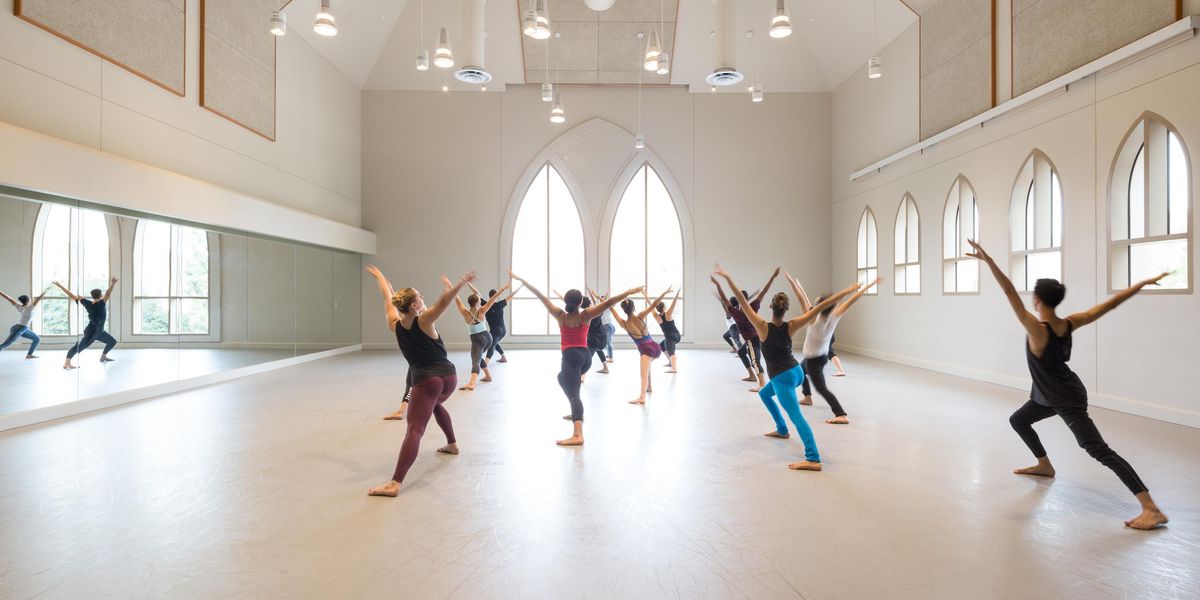The Case for Inclusion Riders in the Dance World
If you hadn’t heard of inclusion riders before Sunday night, you’ve almost certainly heard of them now.
At the Oscars, Best Actress winner Frances McDormand ended her speech with: “I have two words to leave with you tonight, ladies and gentlemen: inclusion rider.”
Since then, everyone has been talking about the term: What does it mean? Could it actually be implemented?
What’s an ‘inclusion rider’? Frances McDormand explains backstage after her #Oscars speech https://t.co/R3pAVbcYjl— Variety (@Variety)1520228340.0
Basically, an inclusion rider can be added to an actor’s contract, and can demand that a proportionate number of women, people of color, LGBTQ individuals and people with disabilities be reflected in the cast and/or crew. The thinking is that actors (or hypothetically directors, cinematographers, etc) with enough clout have the power to shape their films to be more equitable. Some actors have already committed to demanding inclusion riders for their films.
Would inclusion riders ever work in the dance world? It’s no secret that we desperately need more equity and accountability in the field. But sadly dancers usually don’t have the negotiating power that A-list actors do.
That doesn’t mean the dance world’s power players shouldn’t be advocating for more equity in their projects, though. In-demand choreographers (we’re mostly looking at you, white men) can insist that their work is programmed alongside that of women and people of color. Star dancers on the gala circuit could potentially use the inclusion rider model, too.
How do you think inclusion riders could be implemented in the dance world? Let us know in the comments.




